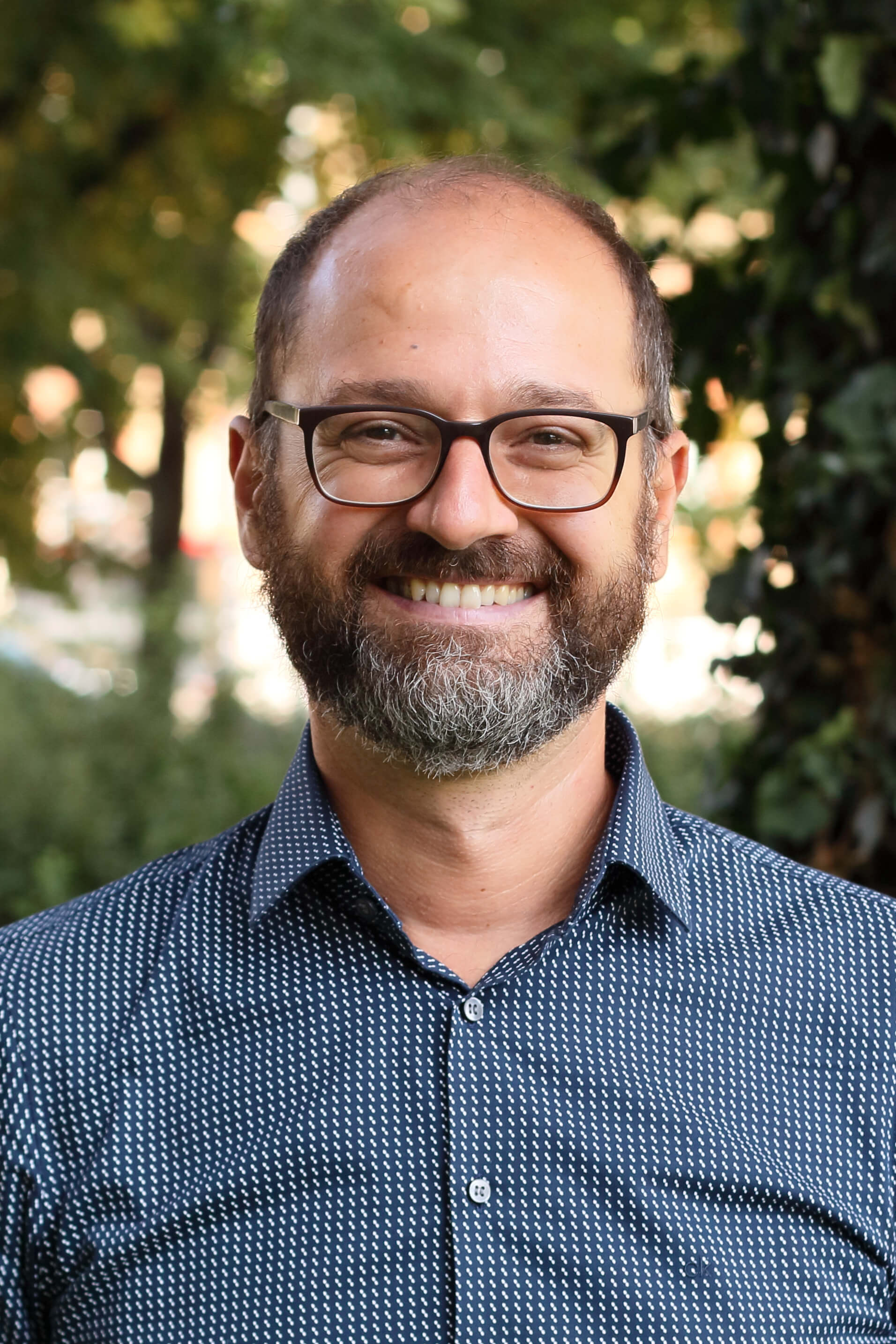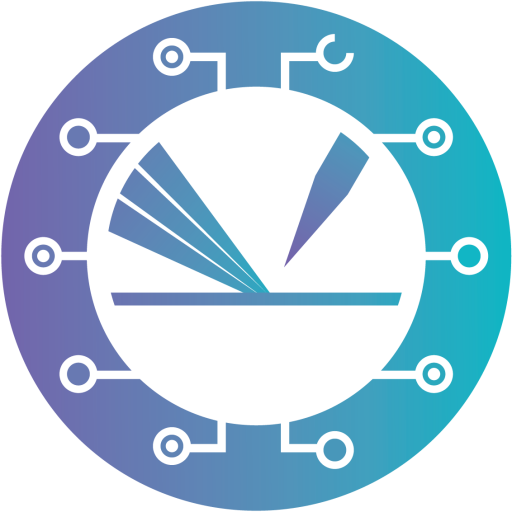
Research interests
Theoretical and computational modelling of quantum materials (in particular transition metal oxides) using first principles approaches (DFT, Hybrid functionals, GW), effective Hamiltonians, molecular dynamics and Diagrammatic Monte Carlo; computational surface science: energetics, reconstructions, defects, polarity effects; polaron physics: formation, dynamics, quasi-particle properties; collective effects: spin-orbit correlated materials, topological materials, multiferroism; novel electronic and magnetic quantum states of matter: Dirac-Mott and Lifshitz insulators, non-collinear and multipolar magnetic phases
Most relevant scientific results
- Reference works on the description of the structural, electronic, and magnetic properties of multivalent and strongly correlated transition metal oxides using beyond DFT approaches (DFT+U hybrid functionals, GW, and BSE). The first application of hybrid functionals to multivalent oxides is reported in [1]. A topical review [2] summarizes the work done in this context until 2014.
- Pioneering works on topological materials, in particular contributed to the discovery of the Dirac semimetal phase in Na3Bi, a 3D analogue of graphene, namely a three-dimensional phase of matter with gapless electronic excitations that are protected by topology and symmetry. The seminal work reported in [3] has been cited more than 1000 times.
- Extensive works on the role of polarons in oxides [4]: (i) rationalized the different polaronic behavior of the two TiO2 polymorphs rutile and anatase surfaces (together with Diebold and Kresse) [5]; (ii) unraveled that polarons are the key physical mechanism that drives the (1×1) to (1×2) structural phase transition on rutile TiO2(110) (together with Diebold and Kresse) [6]; (iii) showed for the first time that polarons are of primary importance for understanding the interaction between surface and adsorbates (together with Diebold) [7]. Review on ‘Polarons in Materials’ in Nature Review Materials [10].
- Determined the structure of partially dissociated water agglomerates on the multivalent transition metal oxide Fe3O4 (together with Parkinson) [8]. The specific water pattern is driven by formation of strong intermolecular H bonds and facilitated by the close proximity of under-coordinated cations.
- Provided the theoretical interpretation for the oxygen incorporation mechanism on the perovskite SrTiO3(110) surface (together with Diebold and Fleig). DFT found that the oxygen exchange mechanism is guided by structural effects and involves the degree of flexibility of the surface coordination polyhedra that transform upon dissociation of oxygen molecules.
- Provided computational support to clarify the experimental observation (Diebold) of polarity compensation mechanisms in the incipient ferroelectric perovskite KTaO3 [9]. The formation of KO and TaO2 terraces with well-defined sizes minimizes the surface electrostatic potential and lifts the polarity.
Career
- 2017–present: Univ.-Professor, Quantum Materials Modelling, UV, Austria, share: 75%
- 2018–present: Associated (Ao.) Professor, University of Bologna (Italy)
- 2014–2017: Associate (Ao.) Professor, Computational Materials Physics, UV, Austria
- 2012–2014: Assistant Professor (TT), Computational Materials Physics, UV, Austria
- 2007–2012: University Assistant, Computational Materials Physics, UV, Austria
- 2004–2007: Postdoc, Institute for Physical Chemistry, UV, Austria
- 2002–2004: Postdoc, University of Cagliari, Italy
Education
- 2017: National Scientific Habilitation, Theoretical Physics of Matter (Italy)
- 2002: PhD in Engineering Physics (Dr. techn.), TU Wien
- 1999: Master’s degree in Physics, University of Cagliari (Italy)





